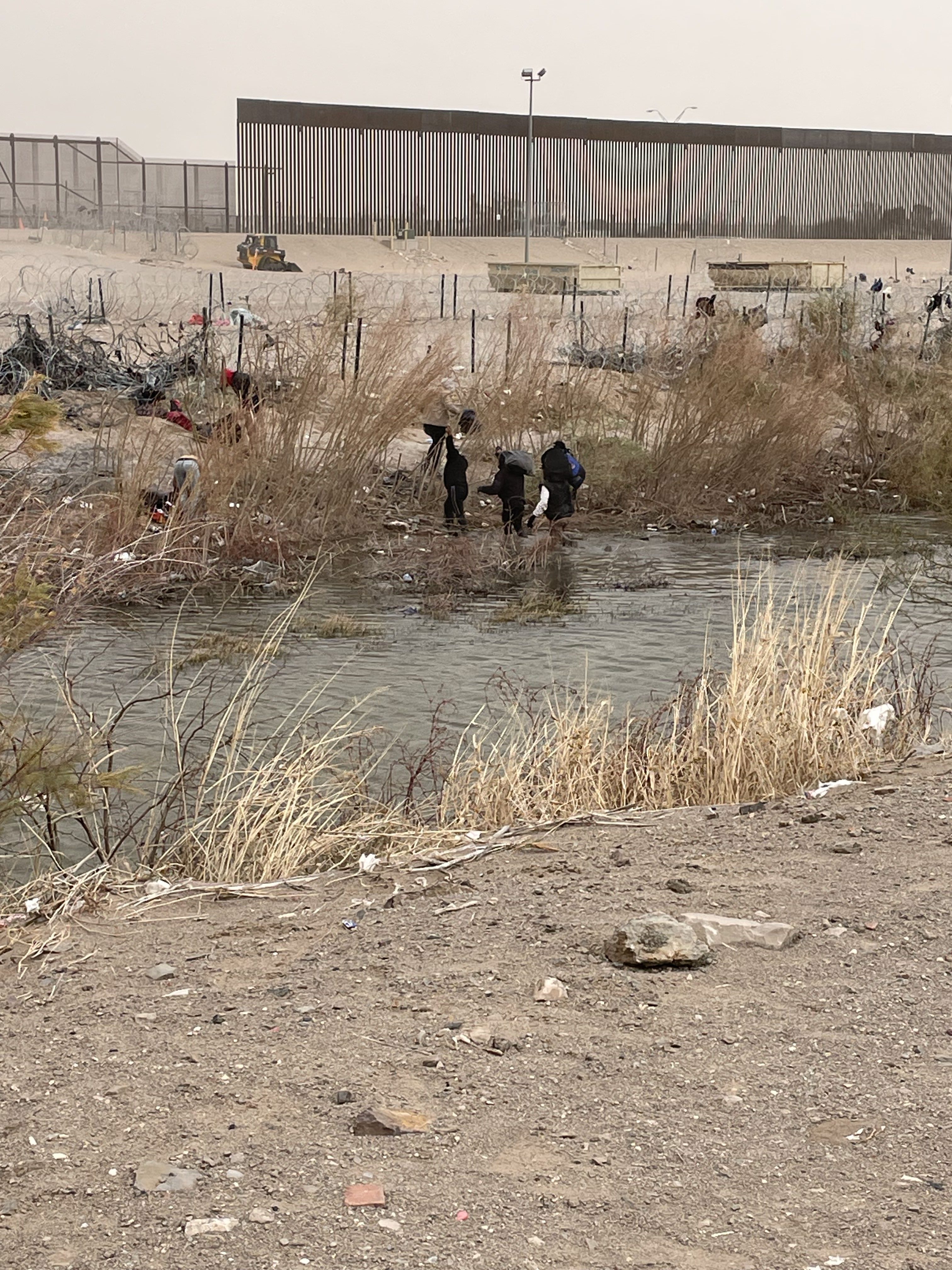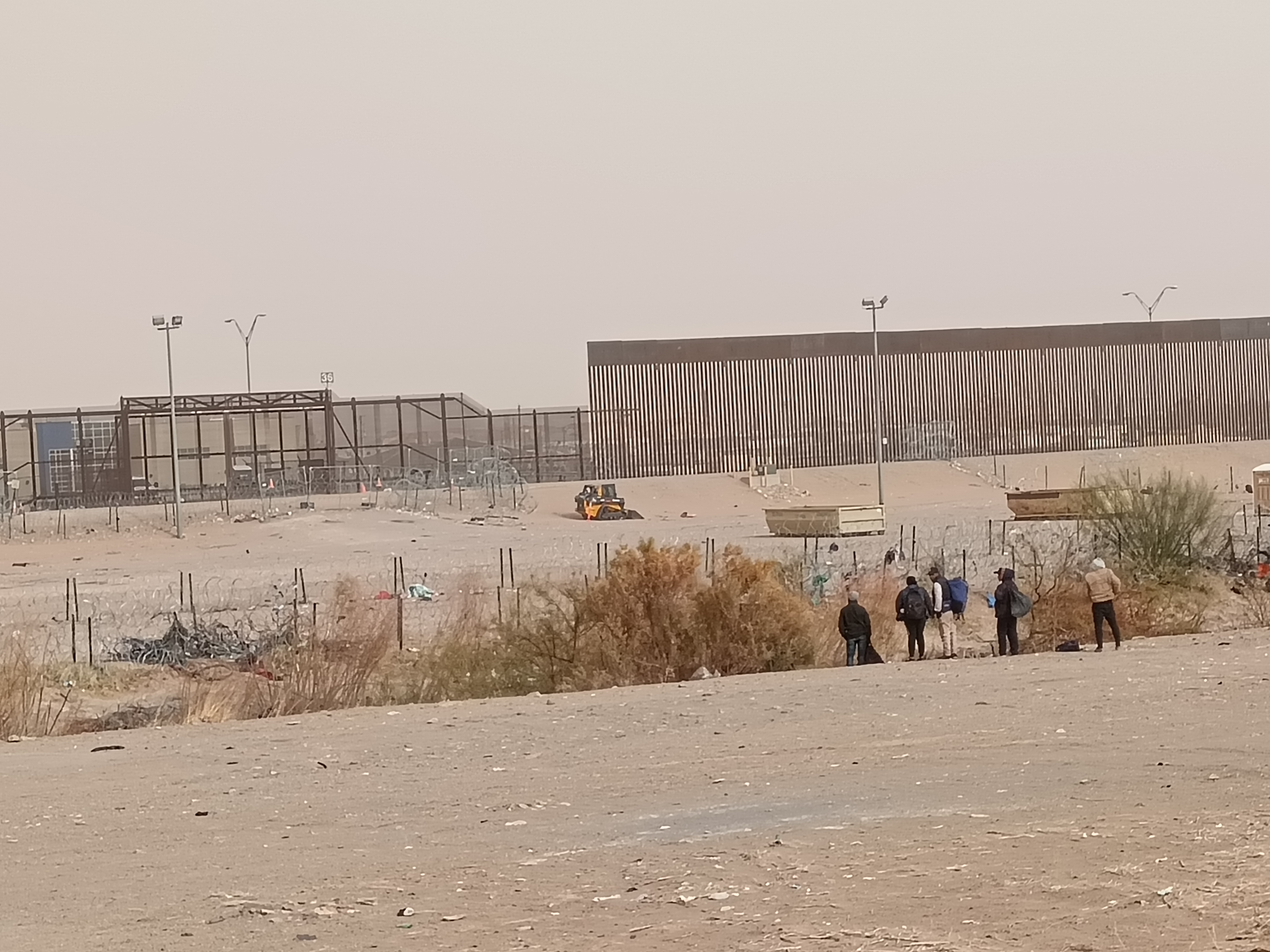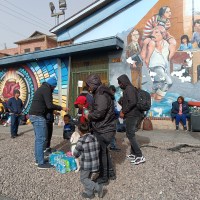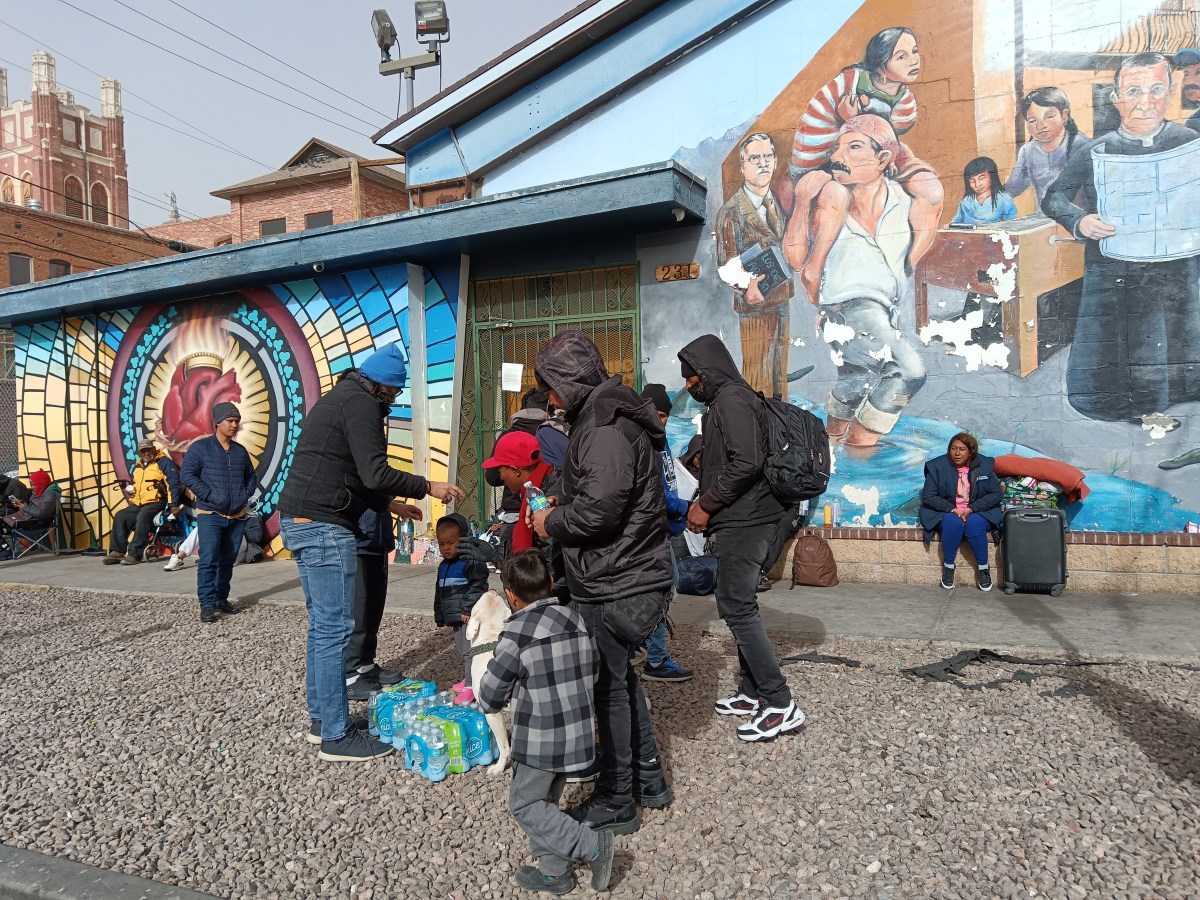As the deadline to pass US government spending bills looms in the upcoming days, immigration at the US Mexico border fills our public consciousness. Lawmakers have tied reforming immigration policy and tightening border security to allocating more funding to Ukraine. News bytes reporting on arrivals, encounters, and expulsions at the border are confusing. What does “getting through” mean, and does it mean getting to stay? We sat down with our program officers in Juarez to learn about the asylum process from those on the ground.
What is Asylum?
People who fear persecution or harm in their home countries due to their race, religion, nationality, political ideology, or identification with a particular social group can seek asylum, a type of protection, in the US. To apply for asylum, a person needs to be physically present in the US or to present themselves as a legal port of entry. If a person is granted asylum, they have the legal right to stay in the US.
What Happens When a Migrant Presents Themselves?
Presenting oneself means approaching a Customs and Border Patrol officer (CBP) or a Border Patrol Agent (BPA) and requesting asylum. CBP officers protect legal ports of entry, such as bridges, airports, or seaports, while BPAs secure the land borders and coastal waters between ports of entry. Both officers and agents have jurisdiction over US territory 100 air miles from a border and can intercept migrants anywhere in that 100-air-mile zone.
Asylum seekers not already on US soil have to present themselves at a legal port of entry to request asylum. When a migrant approaches a CBP officer at a legal port of entry, the officer has the discretion to decide if the migrant has a credible fear of persecution or torture, (shortened to credible fear) and allow them to cross into the US to start the asylum process. This does not guarantee that someone who crosses into the US and starts the asylum process will ultimately get to stay. Most do not.
If a migrant presents themself to a BPA before the migrant is on US soil, the agent can turn the migrant away and prevent him from crossing. This is counted as an encounter. Migrants who are turned away before they reach the US can present themselves again to a BPA. If they are stopped by a BPA before they cross a legal or irregular port of entry and are turned away again, this person is counted as another encounter.



The Difference between an Encounter and an Expulsion
Part of the confusion we might feel when trying to understand immigration news from the US Mexico border is the use of terms. Encounters differ from expulsions in that expulsions occur when a migrant is prevented from continuing their journey once he is on US soil. Encounters happen when migrants are intercepted and prevented from crossing a regular or irregular port of entry. In effect, in encounters people are sent back before they reach the US.
What Happens When Migrants are Processed by CBP or BPAs?
If a CBP officer thinks a migrant has a credible fear or if a migrant gets to an irregular port of entry (such as a gate used for trucks and personnel working the border) patrolled by a BPA, the migrant will be processed. Both the CBP officer or the BPA have the authority to fingerprint the migrant, take down their information, and assign them an alien number (similar to a social security number issued to a US citizen). Although the migrant is technically on US soil, they can still be expelled.
If a CBP officer expels a migrant , and it is their first expulsion, he is sent back to the country from which he has just crossed the border. If the expulsion is a migrant’s second or more attempt, they are deemed guilty of an administrative crime and can be held in a US prison for two or three months before they are sent to a detention center for deportation. Only a judge can sign off on a deportation notice.
If a migrant approaches an irregular port of entry and a BPA processes the migrant, they will wait in detention until they can meet with a case manager. The case manager may not believe the migrant’s fear is credible. In that case, the migrant is not expelled to the country from which he crossed, even if this is their first attempt, because crossing an irregular point of entry to reach the BPA is an administrative crime. The migrant will be held in a US prison and then deported.
If the case manager believes the migrant’s fear is credible, the migrant goes to a detention center to wait for a judge to hear their case. If the judge rules the migrant’s fear is credible, the migrant is sent to the United States Citizenship and Immigration Services (USCIS) to be processed. At this point, the migrant leaves detention. However, a migrant is usually required to have a sponsor or the means to support themself in order to be able to leave. If a migrant does not have a sponsor, they may be given a work permit. If a family has passed a credible fear screening and is cleared to leave detention, sometimes only the mother and children are allowed to leave detention and continue the asylum process while the father remains in custody.
If the judge does not think the migrant’s fear is credible, the migrant can be deported back to Mexico or their home country, depending on their nationality. When the US does not have diplomatic relations with a country, deporting migrants back to that country is more difficult.
While members of the US Congress debate government spending, tying it to demands for changes in border policy, people remain in migrant detention, waiting for a judgment that could take weeks, months, or years to come.
Take Action for Compassion at the US Mexico Border


